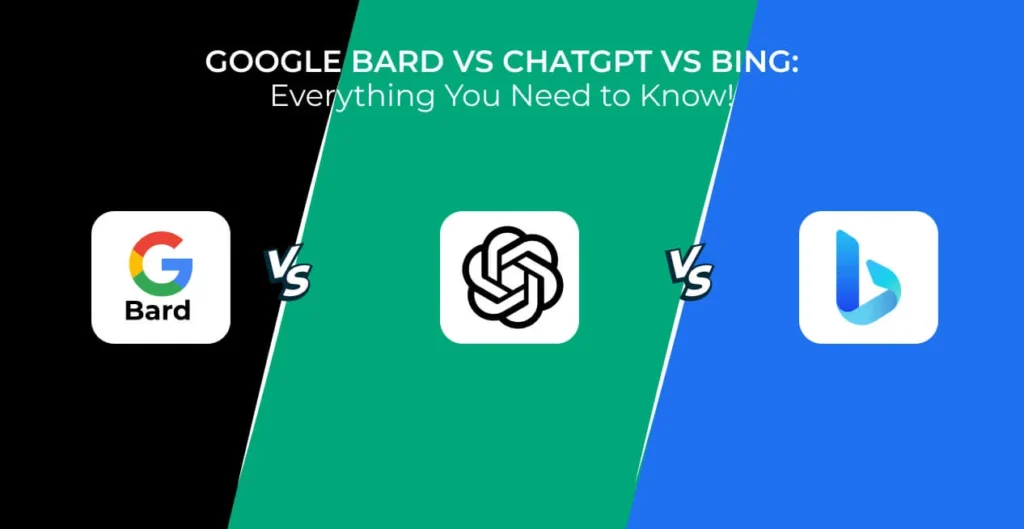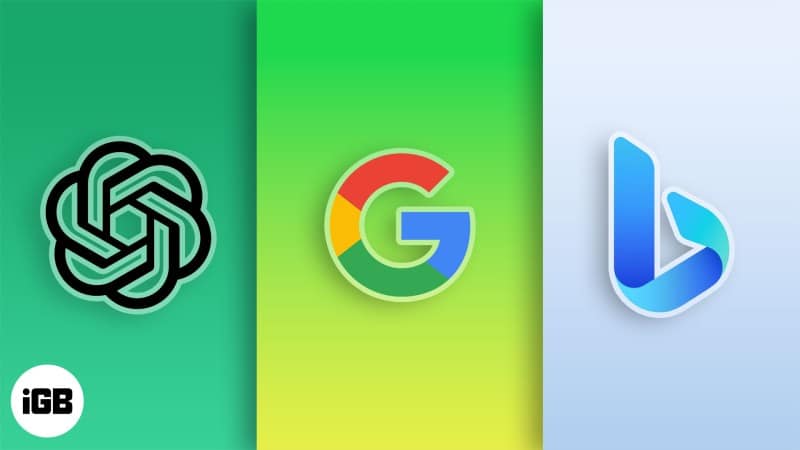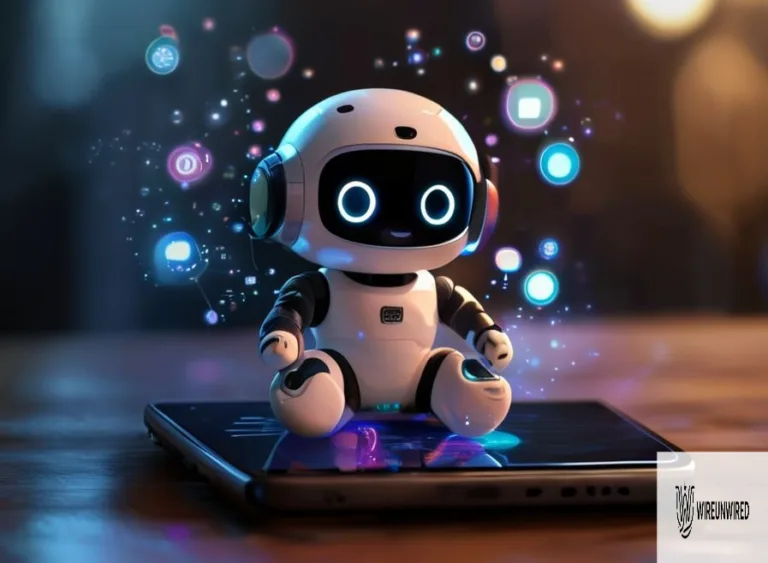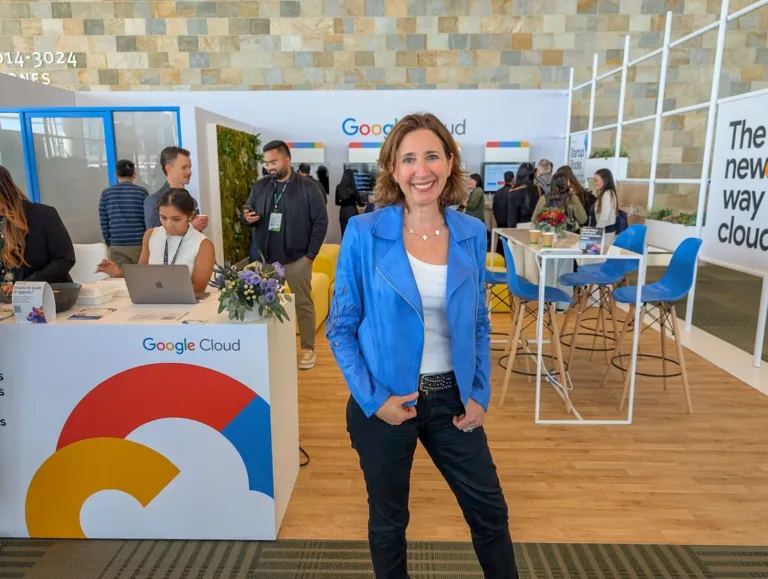In recent years, the field of artificial intelligence has seen significant advancements, especially in natural language processing. This has led to the development of advanced language models capable of producing text indistinguishable from human language. In this article, we compare three prominent generative AI models – ChatGPT, Bard, and Copilot – to determine their strengths and applications.
Also read: We Tried The Best Free ChatGPT Alternatives – Mind Was Blown!

Understanding Generative AI
Generative AI, or Generative Artificial Intelligence, is a category of AI systems designed to autonomously create original content. Unlike traditional AI systems that rely on predefined patterns or rule-based algorithms, generative AI can independently generate content by emulating traits observed during training on data.
A prime example of generative AI is found in OpenAI’s GPT (Generative Pre-trained Transformer) series, including GPT-3 and ChatGPT. These models use advanced deep learning techniques for various applications, such as natural language processing, image synthesis, and music composition.

Comparing ChatGPT, Bard, and Copilot
1. ChatGPT
- Developed by OpenAI, part of the GPT series.
- Uses transformer architecture, specifically fine-tuned for conversational purposes.
- Excels in providing coherent and contextually relevant responses in chat-based formats.
- Versatile tool for chatbots, virtual assistants, etc.
- Potential drawbacks include imprecise responses and latency in real-time engagement.
2. Bard AI
- Experimental conversational AI by Google.
- Operates similarly to ChatGPT, retrieves information directly from the internet using Google search.
- Known for producing more precise responses, addressing the issue of ambiguous information.
- Offers potential for multimodal applications, incorporating both textual and visual inputs.
- Open-source with community-driven development, but has a steeper learning curve.
3. Copilot
- Bing Copilot from Microsoft, enhances Windows 11 user experience with AI integration.
- Acts as a free AI chatbot companion, aiding users in finding answers and completing tasks.
- Microsoft consolidates AI companion offerings under the Copilot brand.
- Specific Copilots may require payment for certain services.
ChatGPT vs Bard vs Copilot: Conclusion
In conclusion, each model – ChatGPT, Bard, and Copilot – has unique strengths and weaknesses. The choice depends on specific user needs and use cases. For conversational applications, ChatGPT’s depth and user-friendly interface make it formidable. Bard, with enhanced specificity and multimodal capabilities, caters to those seeking precision and flexibility.
Ultimately, the decision between ChatGPT, Bard, and Copilot hinges on the user’s intended applications, whether for engaging conversations, artistic exploration, or seamless task completion.
Discover more from WireUnwired Research
Subscribe to get the latest posts sent to your email.




